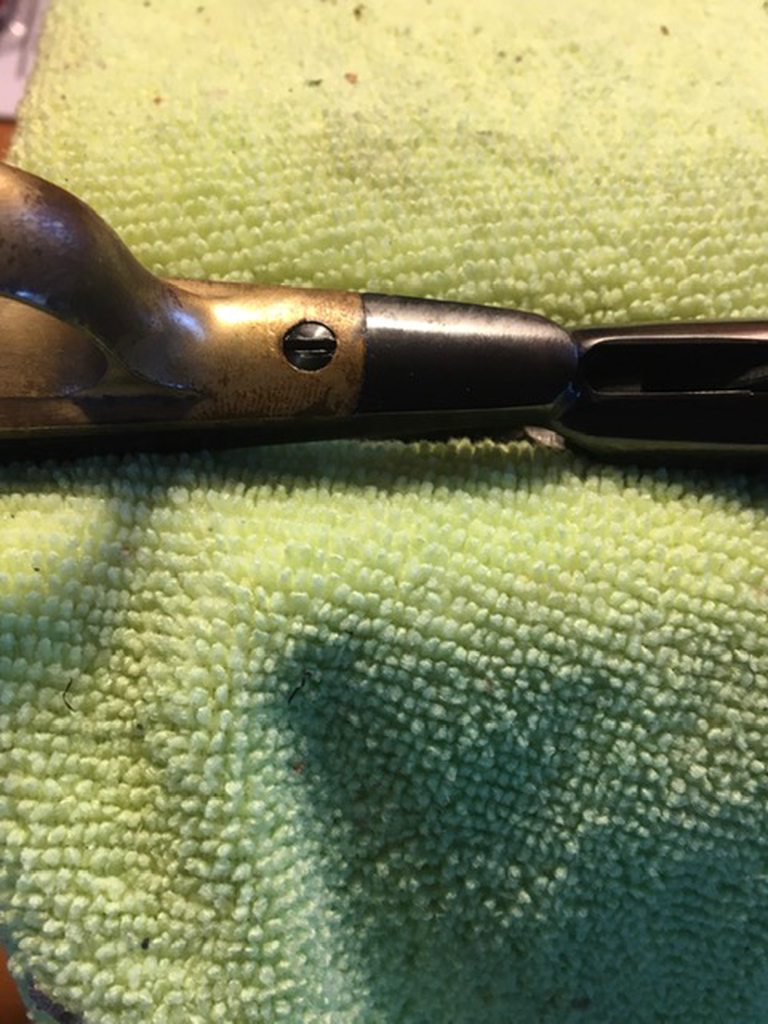Newtire
32 Cal.
- Joined
- Oct 25, 2009
- Messages
- 635
- Reaction score
- 498
Not having to do with the screw but the mention of frozen nipple brings to mind a possible cure for rusted in nipples. I once had to use a trick I learned from cheezy soft Japanese bolts on transmissions. I found a 1/4" drive 12 point socket just a tad smaller than the nipple and drove it onto the nipple. It cut it's own splines onto the nipple and it came unscrewed using a ratchet. This was after trying penetrating oil and heat. Probably the shock and shrinking from squeezing the nipple down a bit maybe helped!






